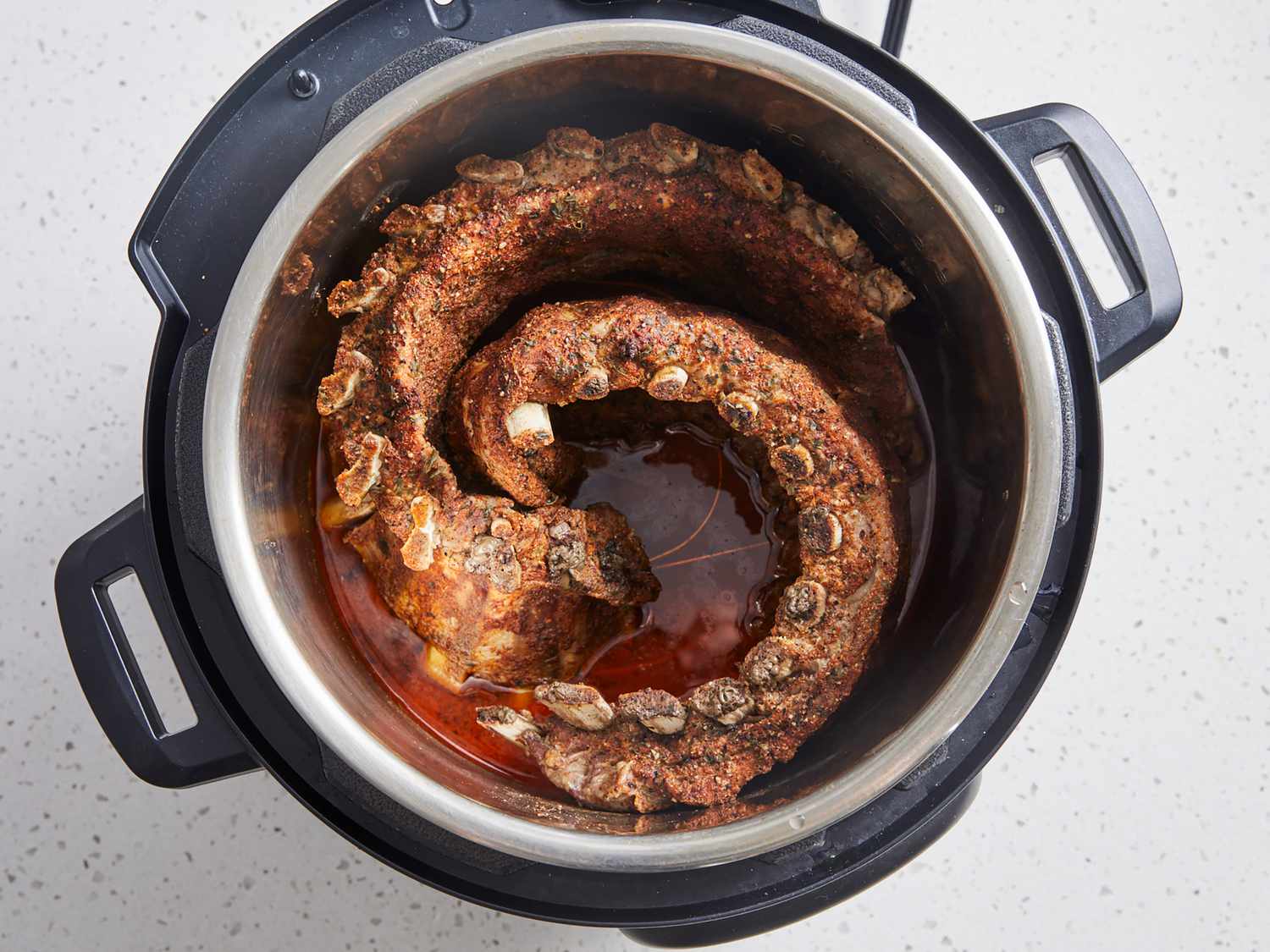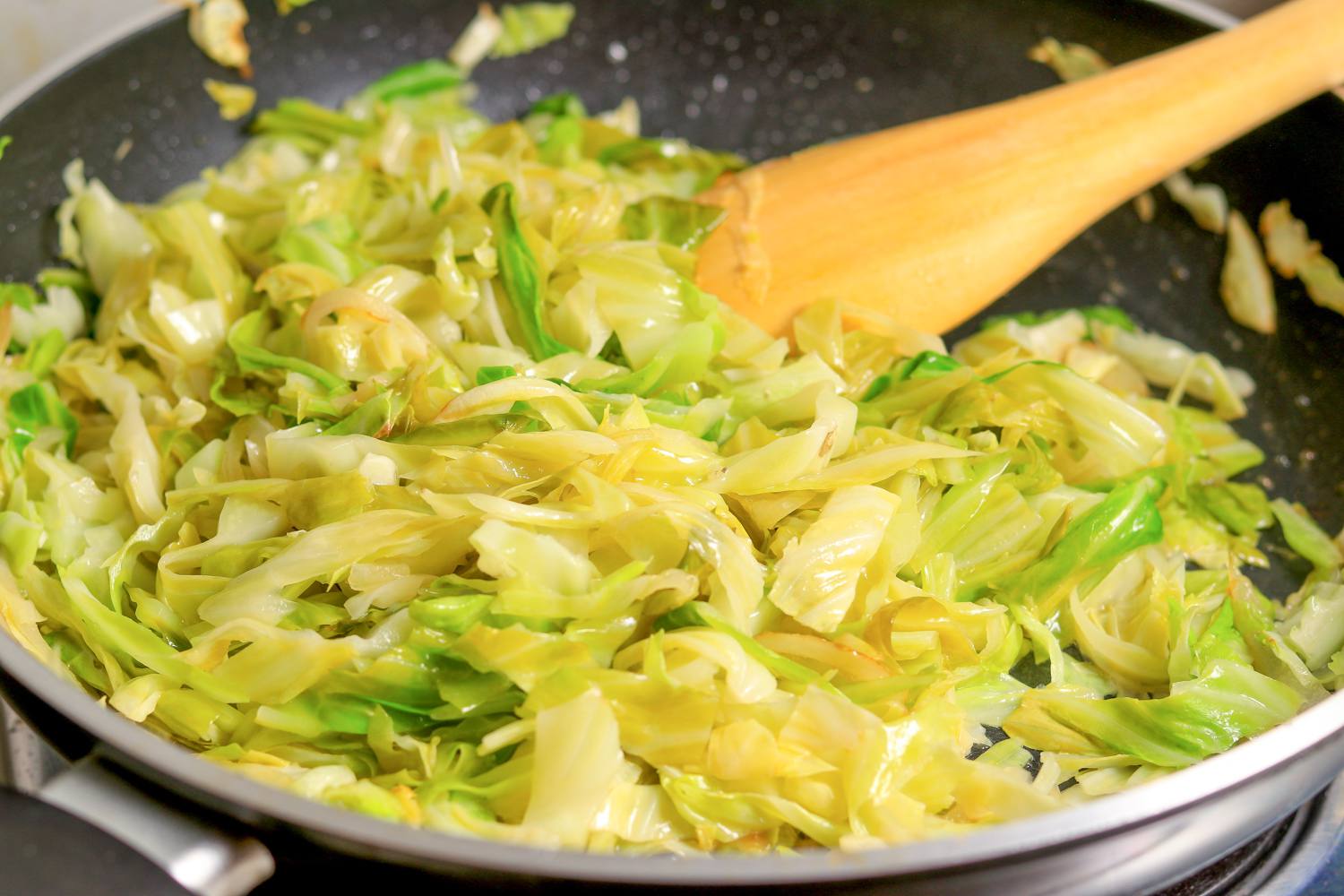How To Cook String Beans: A Step-by-Step Guide
If you’re a fan of vegetables or simply looking to incorporate more greens into your diet, you’ve come to the right place! String beans, also known as green beans or snap beans, are a versatile and nutritious vegetable that can be enjoyed in a variety of delicious ways. In this guide, we will walk you through the process of cooking string beans to perfection, ensuring they are tender, flavorful, and packed with nutrients.
Choose Fresh String Beans
Before we dive into the cooking process, it’s important to start with fresh string beans. Look for beans that are vibrant green in color, firm to the touch, and free from any blemishes or signs of wilting. Freshness is key to achieving a mouthwatering outcome.
Preparation
Once you have your fresh string beans, it’s time to get them ready for cooking. Follow these simple steps:
- Wash the beans thoroughly under cold water to remove any dirt or debris.
- Trim off the ends of the beans using a sharp knife or simply snap them off by hand. If there are any tough strings running along the sides, gently remove them.
- Feel free to leave the beans whole or cut them into desired lengths, depending on your preference.
Cooking Methods
Now, let’s explore a few popular methods for cooking string beans:
1. Steaming
Steaming is a great option for preserving the vibrant color and crisp texture of string beans:
- Fill a saucepan with a small amount of water and bring it to a boil.
- Place a steamer basket over the boiling water.
- Add the prepared string beans to the steamer basket, cover the saucepan, and steam for 5-7 minutes until they are tender-crisp.
- Once cooked, remove the beans from the steamer basket and transfer them to a serving dish.
- Season the beans with a sprinkle of salt, a drizzle of olive oil, or your favorite herbs and spices.
2. Boiling
Boiling is a simple and straightforward method for cooking string beans:
- Fill a large pot with water and bring it to a rolling boil.
- Add a pinch of salt and the prepared string beans to the boiling water.
- Cook the beans for about 4-6 minutes until they are tender but still slightly crisp.
- Drain the beans and transfer them to a bowl of ice water to stop the cooking process and preserve their vibrant color.
- Once cooled, drain again and pat dry.
- Season the beans with your favorite seasonings or incorporate them into salads, stir-fries, or other dishes.
3. Sautéing
Sautéing string beans can enhance their flavor and add a delicious caramelized touch:
- Heat a skillet or sauté pan over medium heat and add a small amount of oil or butter.
- Add the prepared string beans to the pan and sauté for 5-7 minutes until they are tender and slightly browned.
- Optional: You can add minced garlic, chopped onions, or other vegetables to the pan for extra flavor.
- Season with salt, pepper, or your preferred seasonings.
- Transfer the sautéed string beans to a serving dish and enjoy!
Conclusion
Now that you know how to cook string beans using various methods, you can easily incorporate this nutritious vegetable into your daily meals. Whether you prefer steaming, boiling, or sautéing, string beans are a versatile and tasty addition to any dish. Experiment with different seasonings and sauces to create your perfect string bean recipe. So, grab your fresh beans and get cooking! Your taste buds will thank you!
For those looking to broaden their string bean repertoire, the recipes in this guide offer a fantastic range of flavors and techniques. The Garlic Sautéed String Beans are a simple yet flavorful option that highlights the natural taste of the beans with just a touch of garlic. String Bean Almondine is a classic dish that adds a nutty crunch with toasted almonds. For something heartier, try the Classic String Bean Casserole, which is a comforting, creamy dish perfect for family dinners. If you prefer something light and zesty, Steamed String Beans with Lemon and Garlic are a great choice. And for a quick, Asian-inspired meal, String Bean Stir-Fry with Soy Sauce offers a savory, umami-packed experience. Each of these recipes allows cooks to apply the skills from the guide and enjoy string beans in diverse and delicious ways.
Was this page helpful?
Read Next: How To Cook Brisket In A Slow Cooker











